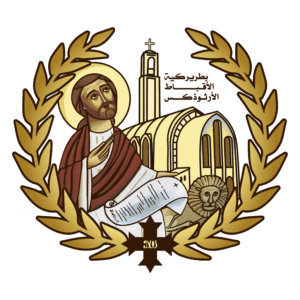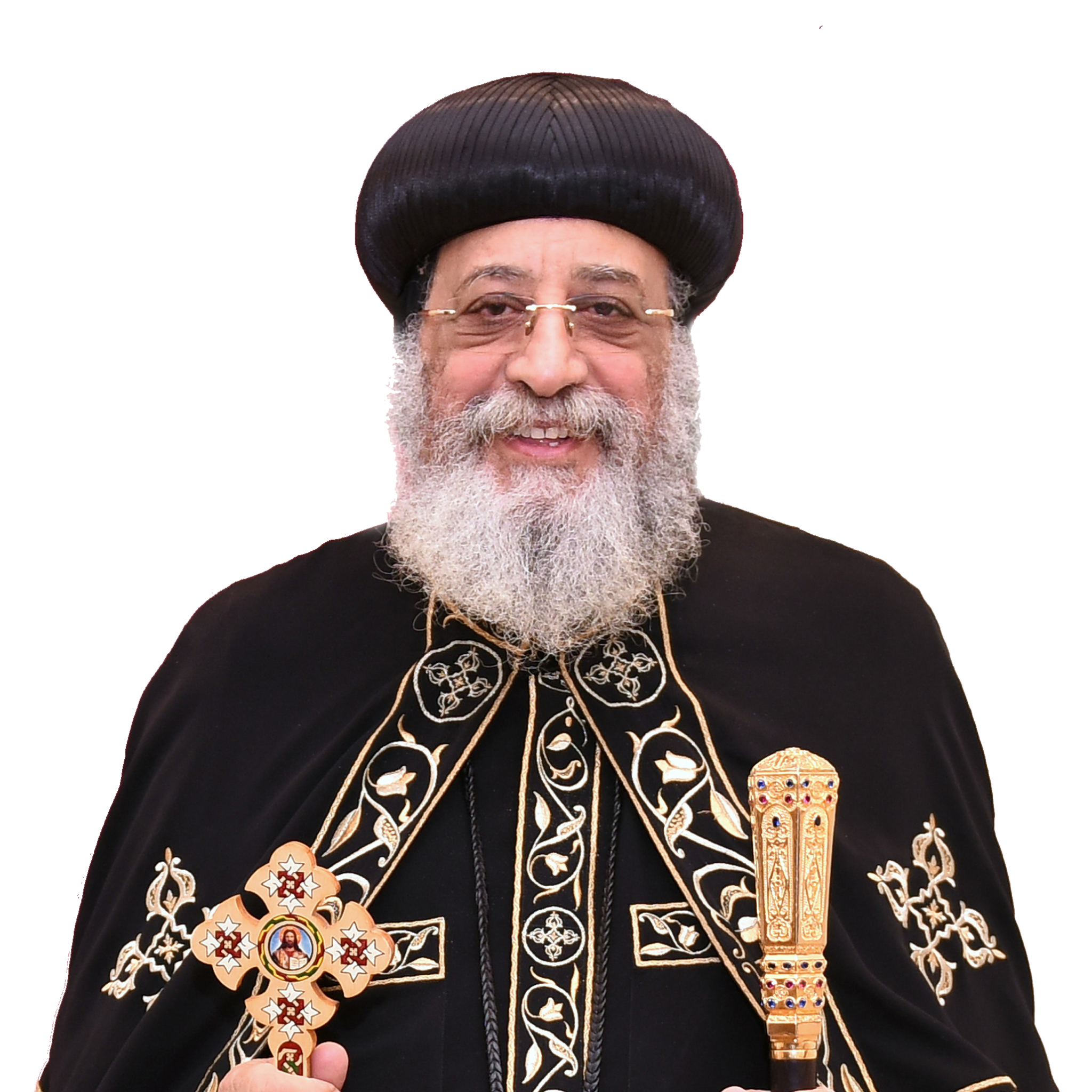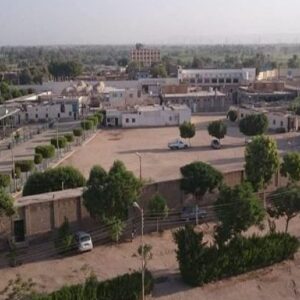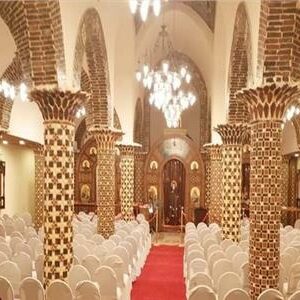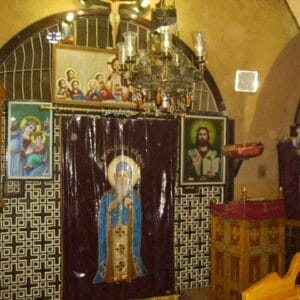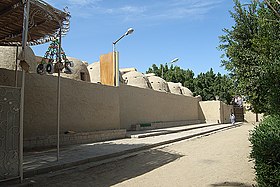St. Pakhomious’s EL-Shaieb Monastery, Luxor
St. Pakhomious’s EL-Shaieb Monastery, Luxor
The Monastery is located approximately 6 km from Luxor (the ancient city of Thebes) in the eastern part of the country, 671 km from Cairo.
Life of the Saint Pakhomious
– He was born in the Far East of pagan parents around the year 292 AD, and Pakhomious, since his childhood, was a lover of chastity and purity, dissatisfied with pagan worship, and did not participate in its feasts.
– His parents promptly took him to offer him as a sacrifice to the demons in the river, and when the priest of the idol saw him, he cried: “Keep away the enemy of the gods from here so that they will stop their wrath on us!”, His parents were very sad.
– Once in his youth he carried food for the shepherds, and he spent the evening there, and one of them had two beautiful daughters, and one of them came and asked him to lie with her, but he answered her: “Don’t let me do this profane act! Do I have the eyes of a dog, so I make sin with my sister?” And when God rescued him from her hands, he ran quickly to his house.
-Pakhomious enlisted in the army, and he was setting out with his colleagues to suppress a revolt against the emperor. On the way, they rested at the city of Latopolis (currently Esna), and everyone was exhausted, so the people of the city came to offer them food and drink generously and joyfully.
– Pakhomious asked the reason for this generosity, and he was told that they are doing this for the sake of the God of heaven, for they are loving to all. After a long prayer, he decided to become a Christian if he returned safely.
– By a divine measure, the revolution subsided and the soldiers were released, so Pakhomious became Christian.
– He received the holy baptism, and remained in the village for three years, practicing acts of love and mercy, especially when an epidemic struck it, and he did not stop serving everyone.
– The whole village loved Saint Pachomius, but his heart was burning towards devotion to worship, and when he heard about a saint monk who lives in the wilderness next to the village called “Plamon” he went to him and asked him to accept him as his disciple.
– Saint Plamon showed him the difficulty of the monastic life, and asked him to return to the village and try himself with certain exercises, but in front of the steadfastness of Pachomius’ heart, he agreed and even loved him very much, especially since Pachomius was characterized by obedience with severe asceticism and love of worship.
– St. Pakhomious was rejoicing in the life of loneliness, happy with God’s work with him through his spiritual father, Saint Plamon, but his heart was aching from his realization that many longed for the monastic life but were unable to practice the harsh life of loneliness, so he was asking for them.
– One day, when he was collecting firewood in the Tabansin area, an angel appeared to him, and asked him to establish a monastery there, and gave him a tablet with the basic provisions of the company system, and it came very easy, many can practice it.
– St. Pakhomious told his teacher, Saint Plamon, what happened. The father was so happy and blessed with the work. Despite his old age, he did not object to the establishment of a new monastic system that he did not know, but went with him to Tabansin, and helped him establish the monastery, then asked him to return to his cave to meet once Every year, sometimes in the monastery and other times in the cave, although Saint Plamon did not live long after that.
– In Tabansin, St. Pakhomious founded his first monastery around the year 318 AD, near Edfu, and God gave him a blessing in the eyes of many until he established about ten monasteries in the area, and the number of monks in the main monastery in Edfu was about 1500 monks.
– His older brother John came to him, where he became a monk with him, and he worked with him with all his energy in establishing this system, as his sister came to him, and he met her and encouraged her to the monastic life, and established a monastery for her in the opposite direction of the Nile, which included about 300 nuns under her leadership.
– Of all these monasteries, only the monastery of Saint Pakhomious in the Hajar Edfu area remained.
Why is it called El-Shaieb Monastery?
– The original name of the monastery is the monastery of the great Saint Pakhomious in Luxor.
– But after the departure of St. Pachomius, the people called this monastery the old man, due to the frequent and numerous appearances of St. Pakhomious to those around the monastery and those who ask for his intercession.
– Where he used to appear and still appears in the form of an old man with white hair and gray beard, extending a helping hand to all.
Archaeological Church
– The ancient church is the only remaining building, and it dates back to the fourth century AD.
– It was restored in the seventeenth century AD.
History of the revival of monastic life
– Reconstruction began in a monastery in the modern era, in the late sixties and early seventies of the last century.
– Several bishops supervised the reconstruction process until the monastery was officially recognized in the session of the Holy Synod on 6/6/1998, corresponding to the 29th of Bashans 1714.
– His Eminence Metropolitan Hedra, Metropolitan of Aswan and its dependencies, supervised the monastery from 2002 to 2013.
– On a historic and joyful day for the monastery, which is on Sunday corresponding to18/11/2013 corresponding to 9 Hatoor 1729, His Holiness Pope Tawadros II ordained Bishop Silwanous, Bishop and Abbot of the Monastery of Saint Pakhomious in Luxor.
– On Saturday, November 23, 2013, corresponding to Hatoor 14, 1729, His Eminence was ordained bishop and Abbot of the monastery of St. Pakhomious in Luxor.
Monastery churches
1- Church of the Holy Fathers.
2- Church of the Blessed Virgin Mary.
3- Church of the great St. Antony, the father of the monks.
4- Church of the Archangel Michael.
5- The Church of the Great Saint Plamon the Tourist
Feast of Saint Pakhomious
– The Coptic Church celebrates him on the 14th of Bashans every year.
